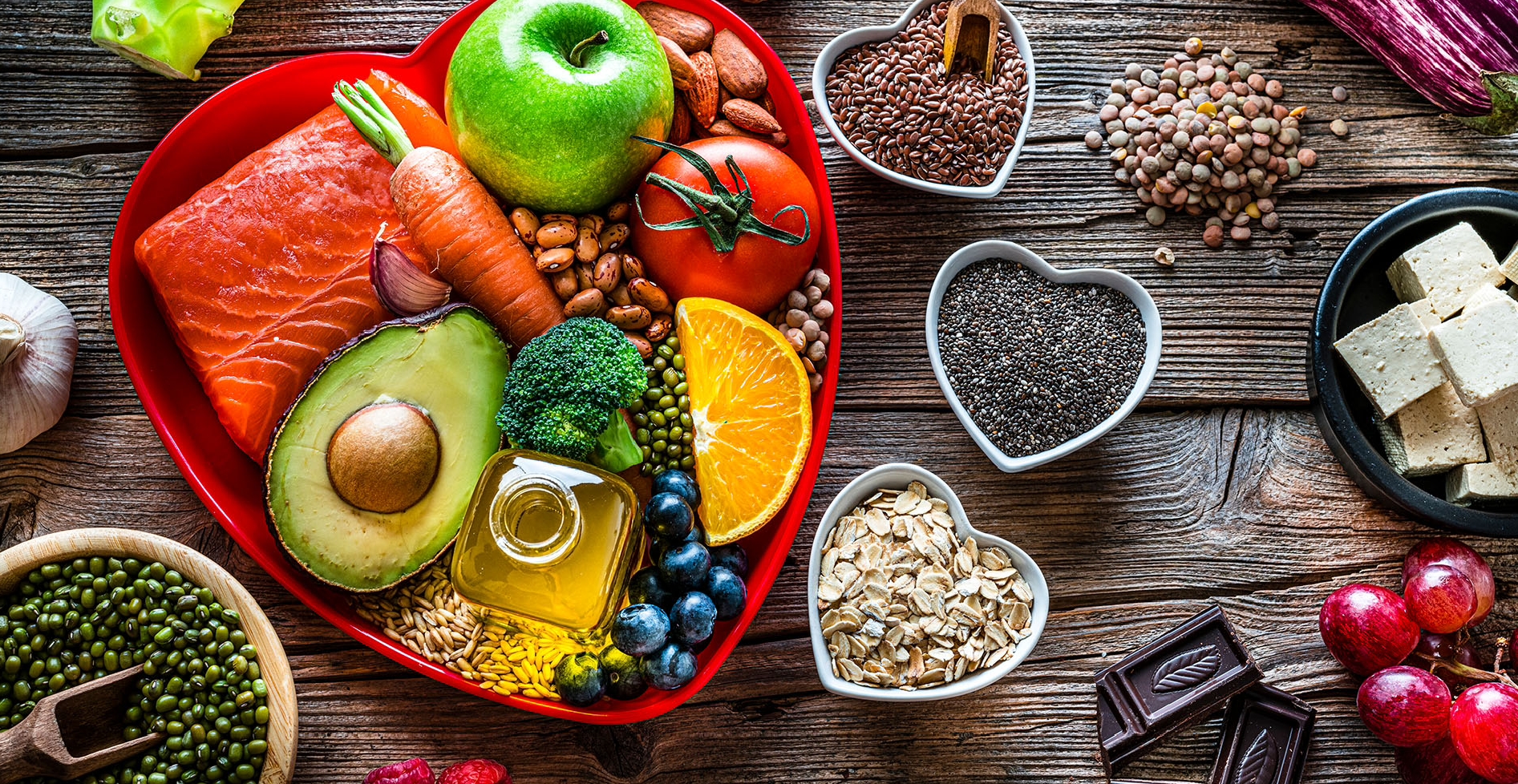Secret Tricks That Bakers Hide From Us: Old German Bread Recipe
Ingredients
- Warm Water: 2 cups (500 ml)
- Dry Yeast: 1 tablespoon (10 grams)
- Sugar: 1 tablespoon
- Sunflower Oil: 2 tablespoons
- Wheat Flour: 4 cups (500 grams), plus an additional 1 1/2 cups (200 grams)
- Salt: 2 teaspoons
- Flax Seeds: 2 tablespoons
Nutrition Information
Servings: 16 slices (2 loaves)
Calories: 150 per slice
Total Fat: 3.5g
Saturated Fat: 0.4g
Cholesterol: 0mg
Sodium: 300mg
Total Carbohydrates: 26g
Dietary Fiber: 3g
Sugars: 1g
Protein: 5g
Step-by-Step Instructions
1. Mixing and Kneading the Dough
With your ingredients at the ready, it’s time to dive into the heart of breadmaking. Follow these simple steps to mix and knead the perfect dough:
Activate the Yeast
Combine warm water, dry yeast, and sugar in a large bowl. Stir gently and let it sit for about 5-10 minutes, or until the mixture becomes foamy. This step ensures that the yeast is active and ready to help the dough rise.
Add Ingredients
Once the yeast is activated, add the sunflower oil, 4 cups (500 grams) of sifted wheat flour, salt, and flax seeds to the bowl. Mix until well combined. The dough will start to come together but will still be quite sticky at this stage.
Knead the Dough
Gradually add the additional 1 1/2 cups (200 grams) of wheat flour, a little at a time, while kneading the dough. Knead for about 10-15 minutes, or until the dough is smooth and elastic. This process helps to develop the gluten, which gives the bread its structure and chewiness.
2. Allowing the Dough to Rise
Patience is key when it comes to breadmaking. After kneading the dough to perfection, cover it with a damp cloth and let it rise in a warm place for approximately 45 minutes. Witness the magic as it doubles in size, ready to transform into golden-brown goodness.
3. Shaping and Resting the Dough
Once the dough has risen, it’s time to shape it into loaves. Follow these steps for the perfect shape:
Divide the Dough
Punch down the risen dough to release any air bubbles. Divide the dough into two equal parts. Shape each part into a loaf by gently flattening the dough and then folding it into a loaf shape. Place each loaf into a greased casserole dish or bread pan.
Resting the Dough
Let the shaped dough rest for an additional 20 minutes. This resting period allows the gluten to relax, ensuring a lighter, airy texture in the finished bread.
4. Preparing for Baking
As anticipation builds, preheat your oven to 180°C (350°F). Grease two casserole dishes with sunflower oil, ready to cradle your soon-to-be-baked masterpieces.
5. The Aroma of Baking
Ah, the moment you’ve been waiting for! Place the loaves in the preheated oven and bake for 30-35 minutes. As the bread bakes, your kitchen will be filled with an irresistible aroma that beckons all who pass by. After 30-35 minutes of baking, check the loaves. They should be perfectly golden brown on the outside and sound hollow when tapped on the bottom.
6. Serving and Enjoying
Once baked to perfection, remove the bread from the oven and let it cool slightly before slicing. Whether enjoyed fresh with a smear of butter or paired with your favorite toppings, Old German bread promises a culinary experience like no other.
Baking Tips and Tricks
Use Fresh Ingredients
The quality of your ingredients can make a significant difference in the flavor and texture of your bread. Freshly ground flax seeds and high-quality flour can elevate your bread to the next level.
Ensure Proper Kneading
Kneading is crucial for developing gluten. If kneading by hand, ensure you work the dough until it’s smooth and elastic. If using a stand mixer, knead on medium speed for about 10 minutes.
Optimal Rising Conditions
Bread dough rises best in a warm, draft-free environment. If your kitchen is cool, you can place the bowl of dough in a slightly warmed oven (turn on the oven for a minute to warm it, then turn it off before placing the dough inside).
Perfect Baking
To ensure even baking, you can rotate the pans halfway through the baking time. This helps to achieve a uniform golden-brown crust.
Storing Homemade Bread
Once cooled, store your bread in a bread box or wrap it in a clean kitchen towel to keep it fresh. Homemade bread is best consumed within a few days, but it can also be frozen for longer storage. Slice the bread before freezing to make it easier to thaw and use later.
Exploring Variations
Adding Seeds and Nuts
Incorporate additional seeds like pumpkin, sesame, or chia seeds for extra texture and nutrition. Nuts like walnuts or almonds can also add a delightful crunch.
Sweet Variations
For a sweeter twist, add dried fruits like raisins, cranberries, or chopped dates. You can also swirl in a bit of honey or molasses for added flavor.
Herb-Infused Bread
Enhance the flavor of your bread by adding fresh or dried herbs like rosemary, thyme, or oregano. These herbs can add a wonderful aroma and taste to your bread.

